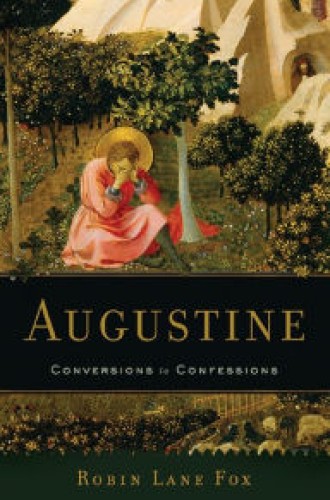The mysteries of young Augustine
The reader may wonder, as I did, how over 600 pages could be written about the young Augustine—his life to about CE 397, when he finished writing his Confessions. The answer lies in Robin Lane Fox’s detailed comparisons of Augustine’s experience, as related in his Confessions and other early writings, to that of two of his contemporaries, Libanius of Antioch and Synesius of Cyrene. Lane Fox draws on their similarities and differences to deftly illuminate Augustine’s own experience.
Recently discovered letters and sermons by Augustine also allow Lane Fox to shed new light on Augustine’s circumstances. He reconstructs not only Augustine’s thoughts and words, but also exchanges with Libanius, Synesius, and other men, whether written or face-to-face. The result is a highly informative portrayal of the nature of theological conversation in late antiquity. Lane Fox is neither a philosopher nor a theologian; he is a historian seeking to understand Augustine on location.
Augustine addressed his Confessions to his fellow celibate “slaves of God,” an audience that could be counted on to mourn with him over his sins and to rejoice at his progress. But he was very aware that a larger audience would overhear his confessions, and he feared their laughter. However, he did not fear their interpretations of scripture. He tolerated or even invited them, allowing that multiple interpretations could all be consonant with Christian faith.





